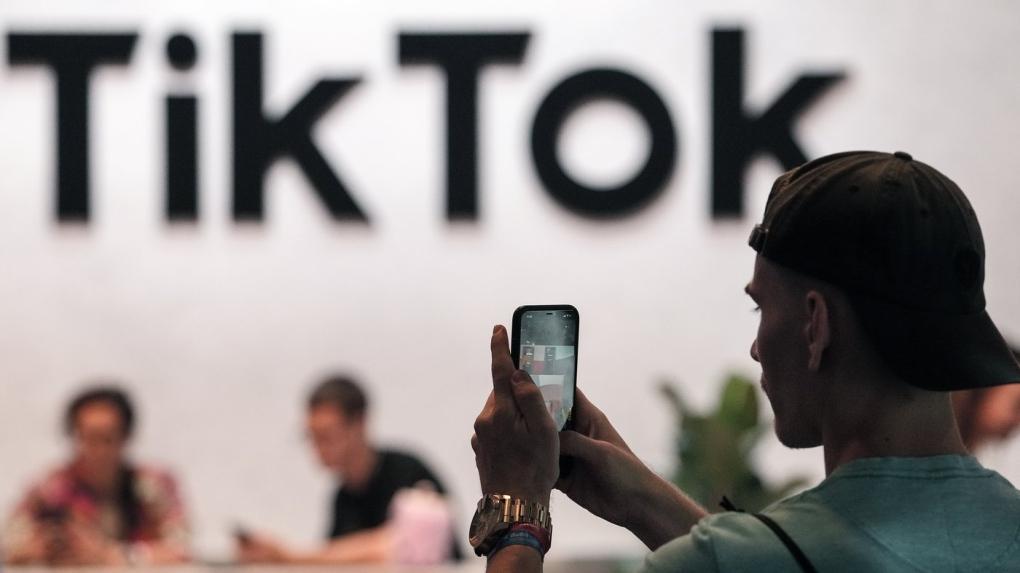Retail sales rose for the fourth consecutive month in November, according to new data from the U.S. Census Bureau released on Dec. 15.
Sales at U.S. retail stores, online sellers, and restaurants rose a seasonally adjusted 0.3 percent last month, a fraction of October’s growth of 1.8 percent and a considerable dip from the typical annual rise in sales for the month of November. This slackening of growth is attributable to a number of factors, namely the early onset of this year’s Christmas shopping season, rising costs of consumer goods, and persistent fears concerning the Omicron variant of the CCP (Chinese Communist Party) virus.





